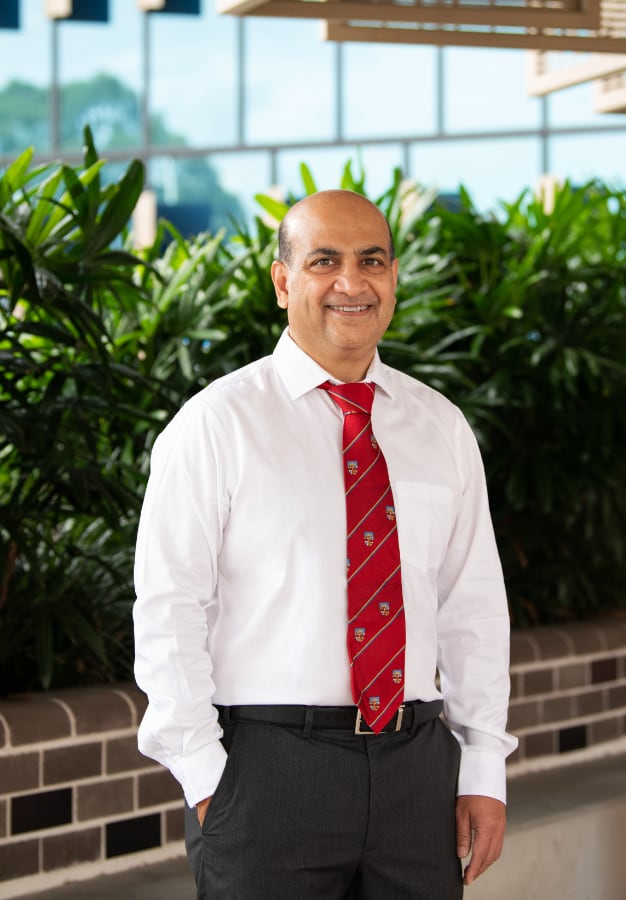Breast reconstruction surgery aims to restore the shape, appearance, and symmetry of the breasts following mastectomy or lumpectomy due to breast cancer or other conditions.
It involves reshaping the breast, usually with the aid of an implant or flap reconstruction, from tissue available elsewhere on your body.
This surgery helps women regain a sense of normalcy and confidence after the physical and emotional challenges of cancer treatment.

Breast reconstruction surgery can be performed during your mastectomy (ie: your plastic surgeon performs the reconstruction during the same surgical session as your mastectomy, once your breast cancer surgeon has finished their part of the operation) or delayed until a later date, depending on the patient’s health, treatment plan, and personal preference.
Breast reconstruction is primarily considered by women who have undergone or are planning to undergo mastectomy or lumpectomy as part of their breast cancer treatment. The decision to undergo reconstruction is personal and can be influenced by various factors, including:
There are several options for breast reconstruction, each tailored to meet the unique needs and goals of the patient. The choice of technique depends on factors such as the patient’s health, body type, and personal preferences.
Implant-Based Reconstruction
The Breast Reconstruction Procedure in Australia
In Australia, breast reconstruction surgery is a well-regulated and widely performed procedure by experienced plastic surgeons. The process typically begins with a comprehensive consultation to discuss the patient’s goals, examine the breasts, and determine the most suitable reconstruction options.
During this consultation, the surgeon will explain the risks and benefits of each technique and set realistic expectations for the outcomes.
Patients are usually advised to:
Breast reconstruction surgery is typically performed under general anaesthesia. The duration of the surgery can vary depending on the chosen technique and the complexity of the procedure. Implant-based reconstructions usually take less time than autologous flap procedures.
Recovery times vary depending on the type of surgery and the extent of the reconstruction. Most patients can return to normal activities within a few weeks.
Swelling and bruising typically subside within a few months, and the final results become more apparent as healing progresses.
The results of breast reconstruction are generally long-lasting, providing significant improvements in breast symmetry and overall appearance. Most women find that reconstruction helps them regain a sense of normalcy and confidence after cancer treatment.
Undergoing breast reconstruction surgery not only addresses the immediate physical concerns but can also provide significant psychological relief. Patients often feel a sense of reassurance and confidence knowing their cancer has been effectively treated and their breast appearance restored.
Breast reconstruction surgery is a safe and effective procedure for women seeking to restore their breast shape and symmetry after mastectomy or lumpectomy. In Australia, experienced plastic surgeons perform this procedure with great success, helping patients achieve a more natural and balanced breast appearance.
Whether addressing the effects of cancer treatment or congenital conditions, breast reconstruction surgery can provide transformative results.
For more information or to schedule a consultation, please contact our clinic. Dr Atul Ingle has significant experience performing breast reconstruction surgery and is dedicated to helping you achieve your aesthetic goals and enhancing your overall quality of life.
He has 20+ years of experience in plastic and reconstructive surgery and holds two Master of Surgery Degrees. He is the Head of the Plastic and Reconstructive Surgery Department at Townsville University Hospital.
If you have a question about a condition or treatment, or would like to book an appointment, please contact us and one of our friendly staff members will happily assist you.
